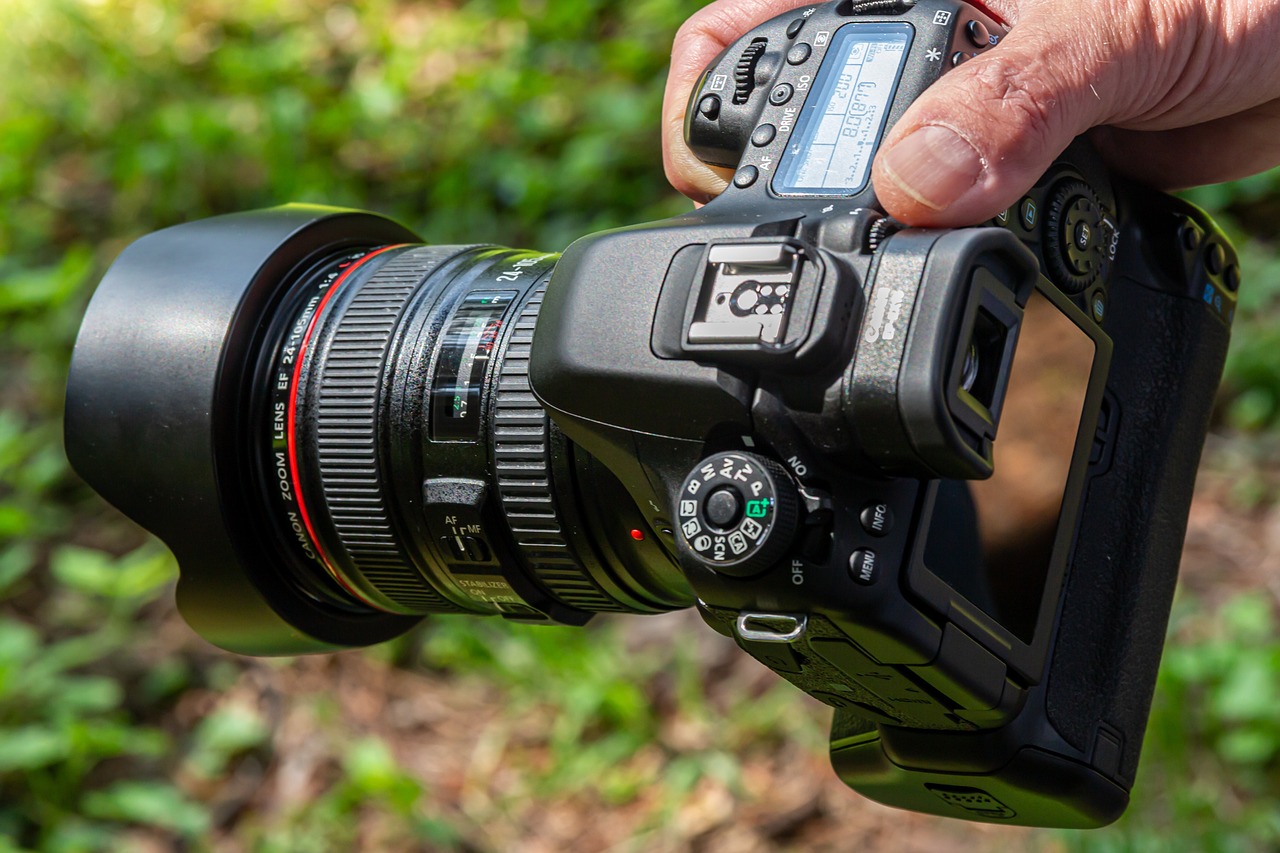A lens hood is a simple yet important accessory for photographers. While often overlooked, it plays a key role in improving your photos and protecting your gear. In this article, we'll explore what a lens hood does and why it’s worth using in various photography situations.
What is a lens hood?
A lens hood is a piece of equipment that attaches to the front of your camera lens. The main purpose of a lens hood is to block stray light from hitting the lens at certain angles, which can cause unwanted glare or lens flare.
By preventing this light from entering, it helps improve the overall quality of your photos, making colors more vibrant and contrast more defined.
In addition to controlling light, a lens hood also protects the lens from accidental bumps or scratches. It acts as a shield, especially in outdoor or nature photography, where you might be navigating rough terrain or getting close to wildlife.
Types of lens hoods and their applications
Lens hoods come in different styles, each serving a specific purpose based on the type of lens and shooting conditions. Choosing the right one can help improve your photos and protect your lens, so it’s important to understand their different designs and applications.
- Fixed lens hoods: These hoods are permanently attached to the lens and can't be removed. They provide consistent protection and light control, ideal for photographers who don’t need to adjust their setup frequently. Great for outdoor photography, where a sturdy, reliable shield from the elements is needed.
- Collapsible lens hoods: These hoods can be expanded or collapsed, making them easy to carry and store. Perfect for travel, as they save space in your camera bag. Though convenient, they may not be as durable as fixed hoods and may not offer as much protection in extreme conditions. Best suited for photographers who need portability without sacrificing too much functionality.
- Petal or tulip-shaped lens hoods: Commonly used with wide-angle lenses. These hoods have a flared shape that helps block light from certain angles while preventing vignetting (dark corners). The design is specifically meant to avoid interference with the image, making it ideal for wide-field photography. Useful when shooting landscapes or scenes with large areas of light.
- Round lens hoods: These provide full circular coverage and are often used with telephoto lenses. They offer more uniform protection, helping to prevent unwanted light from entering the lens. Best suited for long-distance or portrait photography, where consistent light blocking and lens protection are important.
The right lens hood for your setup can make a noticeable difference in both image quality and gear protection. Understanding the strengths of each type ensures that you’re well-equipped for different photography scenarios.

Common misconceptions about lens hoods
One common belief is that lens hoods are unnecessary for professional photographers. Some believe that a good camera and lens are enough, but a lens hood adds an extra layer of protection and improves image quality.
Professional photographers often use lens hoods regularly because they know how much they contribute to reducing flare and maintaining contrast, particularly in challenging lighting environments.
There’s also a myth that using a lens hood can always cause vignetting, especially with wide-angle lenses. While it’s true that some hoods can cause minor vignetting if they’re too large for the lens, most well-designed hoods don’t interfere with the image at all.
Petal or tulip-shaped hoods are specifically designed to avoid this issue. It’s important to choose the correct hood for your lens to avoid any potential problems.
Lastly, some photographers think that lens hoods are only important in certain genres of photography, like landscape or nature photography. In reality, any photographer can benefit from using a lens hood, whether they’re shooting portraits, street photography, or macro.
